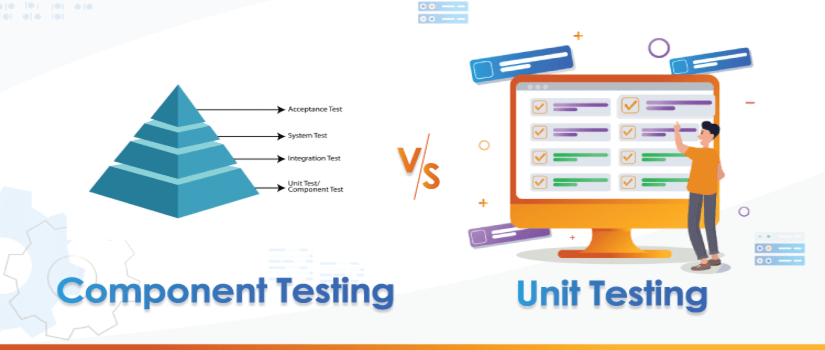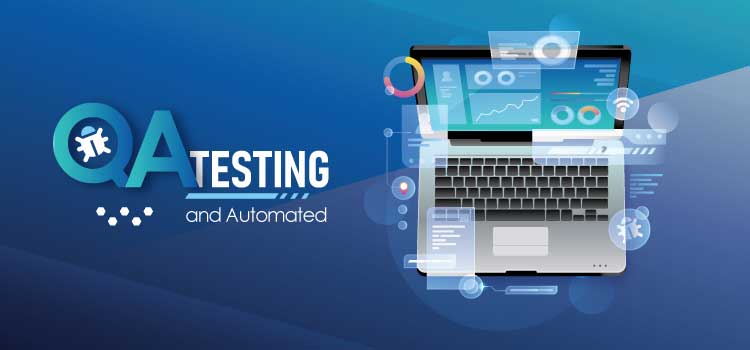Mobile Apps cover for more than half of all the time spent on digital media and about 90% smartphone users spend their mobile time on applications preferring Native Apps over a Mobile Website.
Mobile Apps revenue is forecasted to generate $189 Billion in 2020. By 2022, enterprise mobility is estimated to be worth $510 Billion.
Creating a Mobile App is not a big deal these days but each App is different and methodologies are continuously evolving and making a successful Mobile App involves an extensive process with pre-planning.

The path chosen will shape your vision. That being said, let’s analyze the mobile development flow deeply with the key phases involved:
Step 1 - Brainstorming The Idea
Anyone can have a fantastic idea that he or she needs translated into a successful Mobile App.
The question that arises is, which Mobile App is going to be a success? In total there are six major types of Mobile Apps which are as follows:
• Lifestyle Mobile Apps
• Social Media Mobile Apps
• Utility Mobile Apps
• Games & Entertainment Mobile Apps
• Productivity Mobile Apps
• News/Informative Mobile Apps
Lifestyle Apps are becoming more and more in number and their user base is exceptionally growing. Such apps get used on Mobile devices on daily basis.
An idea would be a success if it solves a problem of a user who is going to download the Mobile App.
You can ask yourself what do you want your Mobile App to accomplish?
The idea must be brought up by keeping in mind its usability from its user stand point. The 6 categories are going to help you come up with your unique idea of a Mobile App. More than 6,000 apps are released every day. It is a staggering number. In this world of Apps coming up with a good idea is a must for its success.
Google Play & Apple Stores are the best engines to be utilized during ideation phase of your App idea. Best is to search similar apps on both Google & Apple stores and do your search based on the number of users such apps have, how they are built, what is the User interface like etc. Once all this search is completed you can present your idea with an App Development Company. Good Tech companies will further brainstorm the idea with you.
Step 2 - Mobile App Development Company Selection
There are a number of ways to outreach the Mobile App Development Companies. You can google nearby companies if you prefer to meet the respective people in person who you are to work with or you can go online and use platforms like Upwork to find out the best fit for your need.
Once you select a design & tech company for your Mobile App Development, the remaining steps are initiated.

Step 3 – Analysis & Planning
The Mobile App development Services team can help you in the finalization of the requirements and features of the App which is the first and foremost step to begin with. Here your idea starts taking shape and will present many options for you to consider in terms of technologies and specifications. You can also choose to go for a MVP (minimum viable product) prioritizing the core-functionalities of the App to take a start with.
This stage will define your App’s roadmap along with setting the Milestones, Timeline, and Budget and you will have a clear view to understand what your App could become one day and what it needs to be successful.
Step 4 – UI/UX Design
To deliver a successful Mobile App, it needs to have a seamless, interactive, and intuitive user experience so the users are engaged.
The design & Tech team working on your Mobile App will present wireframes of all the screens of your Mobile App UI/UX. This will help you see the entire flow of the App and how its user interface would look alike. It entails the layout of each screen and you will be able to see all features. Wireframes are primarily sketches in black and white. This step is crucial as during this step you can ask for iterations and many things associated with your idea would get revealed unto you. Hence if you want any tweaking it can be suggested to the hired team. Wireframing will help you refine the idea and arrange all the components of the application in the right way.
Next, workflows are created to understand the flow of the application.
Once you will finalize the Wireframes and the workflow, the designer will complete the UI design by designing the screens aligning them with the App’s and your objectives. This builds the look and feel of the App where again iterations are incorporated to reach a final product. Style guide is created to have a consistent and user-friendly design which is unique to your App. Mockups and PSD screens of your entire App will be presented where you can visually see the colors and all whistles and bells.
Step 5 – Development
Once you will approve the design module, the backend development will kick off. Development stage consists of several parts including front-end, back-end, API integration, database, and server-side objects.
The development goes through the phases where first the core functionality is developed starting with the architecture development followed by all the other functionalities to get it ready for the test release. Front-end development involves the implementation of the design into the back-end following one of the 3 approaches; native, cross-platform, hybrid, and the technology stack will depend on them. You can utilize almost any kind of web programming language and database for the back-end which will be connected to the server.
Step 6 – QA & Testing
Quality Assurance Testing is important for the usability, compatibility, security, and performance. First build will be released to you for testing at the agreed delivery date. You might see some glitches and bugs in the App during testing phase. In test phase the App is going to be on a testing server. You will be given a link to download the App from the Server on your Apple and Android devices for testing the App. Testing must involve functional testing, usability testing, performance testing and device specific testing.
All bugs must be removed before uploading the App to the Apple or Google Stores.
You should create your Apple & Google Dev Accounts. The hired Dev team would need these Dev Accounts for uploading the Apps to the respective stores. This is the launch phase of your entire App Development process.
Want to get in touch? Contact us for any queries or feedback. We're here to assist you.











